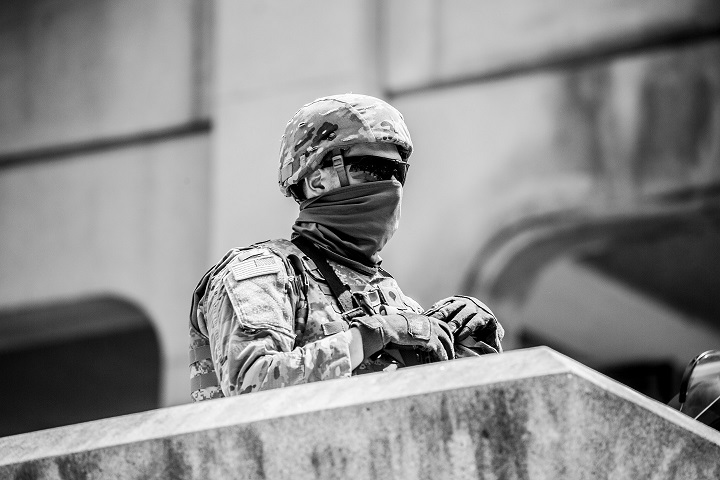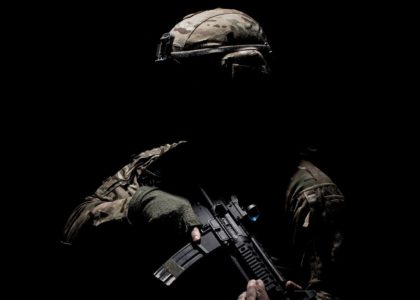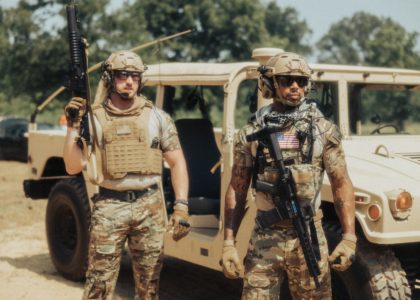Warfare is not a thing of beauty. It is raw and violent. And when it comes to modern-day warfare, the survivability of an individual depends largely on the quality of their protective gear. One of the most important pieces of protective gear for any soldier is the plate carrier. This piece of equipment has played a significant role in military history for decades. From its humble beginnings as a flak vest to today’s high-tech armor, the Plate Carrier has come a long way. In this blog post, we will explore the evolution of the plate carrier, its uses and effectiveness, and its impact on military history.
The early versions of the plate carriers were flak vests. These were made of thin and lightweight material with small armor plates inserted for added protection. They were primarily used to guard against shrapnel from bombs, grenades, or artillery shells. The first flak vest with armor plates was developed during the Second World War in Germany. Known as the M1942, the flak vest was intended to protect soldiers from flying shrapnel. However, it was heavy and uncomfortable to wear for long periods.
Based on the design of the flak vest, the “bulletproof vest” was introduced in the 1960s in the United States. This vest was made of Kevlar, a fiber that was five times stronger than steel and was highly effective in stopping bullets. The drawback was that the Kevlar vest was still quite heavy and bulky. When the Vietnam War came around, the need for lightweight and more effective armor became more apparent. Consequently, the flak jackets were modified to have armor plates inserted into them, which helped to reduce the weight and improve the armor’s effectiveness.
During the Gulf War in 1991, the Interceptor Body Armor (IBA) was developed as the primary body armor for the United States Marine Corps. It was designed to replace the previous flak jacket. The IBA was made of a combination of Kevlar and ceramic plates, which were highly effective in stopping bullets and shrapnel. Unlike previous armor, the IBA had a quick-release design, which allowed the wearer to quickly and easily remove the armor in emergencies. This armor weighed 16.4 pounds, which was more lightweight than previous versions.
Over the years, advancements in technology have led to the development of the modern plate carrier, which is much more versatile and effective than previous armor. These plate carriers are modular in design and can be customized according to the user’s specific needs. They can include various types of armor, such as soft armor and hard armor plates designed to stop both bullets and shrapnel. They are also designed with a MOLLE (modular lightweight load-carrying equipment) webbing system, which allows for the attachment of various types of equipment to the carrier.
The modern plate carrier has come a long way from its humble beginnings as a flak vest. It is now an essential piece of gear for all soldiers, providing them with the necessary protection to survive in battle. Over the years, plate carriers have evolved into lightweight, versatile, and highly effective armor designed to safeguard soldiers from various threats. These improvements have been spurred by advancements in technology, which have allowed for significant improvements in the design, weight, and functionality of plate carriers. In short, the plate carrier has played an essential role in military history and continues to do so today.
For more great articles, please click here.






Recent Comments